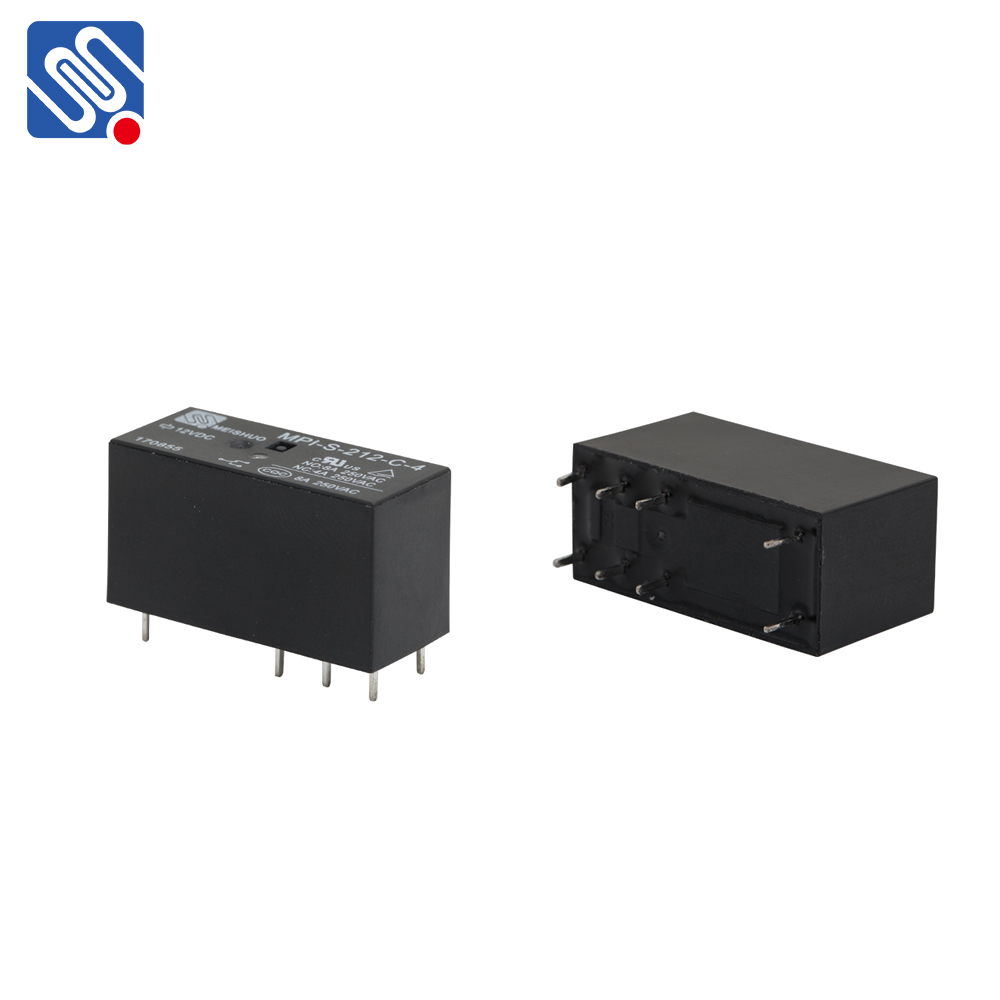understanding relay efficiency in wireless communication networks
Release time:2025-11-14 11:16:51
Relay efficiency is a critical concept in the design and optimization of wireless communication systems, particularly in scenarios where multi-hop or relay-assisted communication is utilized. As wireless networks become increasingly complex with the advent of technologies like 5G, Internet of Things (IoT), and Vehicle-to-Everything (V2X), understanding and optimizing relay efficiency has become more important than ever. In this article, we explore the fundamental aspects of relay efficiency, its role in wireless communication, and the key factors influencing its performance.

What is Relay Efficiency?
Relay efficiency refers to the effectiveness with which relay nodes in a wireless network transmit and forward data. In multi-hop wireless communication systems, data is passed through intermediate relay nodes before reaching its final destination. Relay nodes are typically deployed to enhance the coverage area, improve signal strength, and extend the range of communication in situations where direct transmission from the source to the destination may not be feasible.
The goal of relay efficiency is to optimize the relay's ability to transfer signals while minimizing resource usage, such as power consumption, bandwidth, and transmission delays. Efficient relaying ensures that the overall system performance — including throughput, reliability, and energy efficiency — is enhanced, making it a critical factor in network design.


